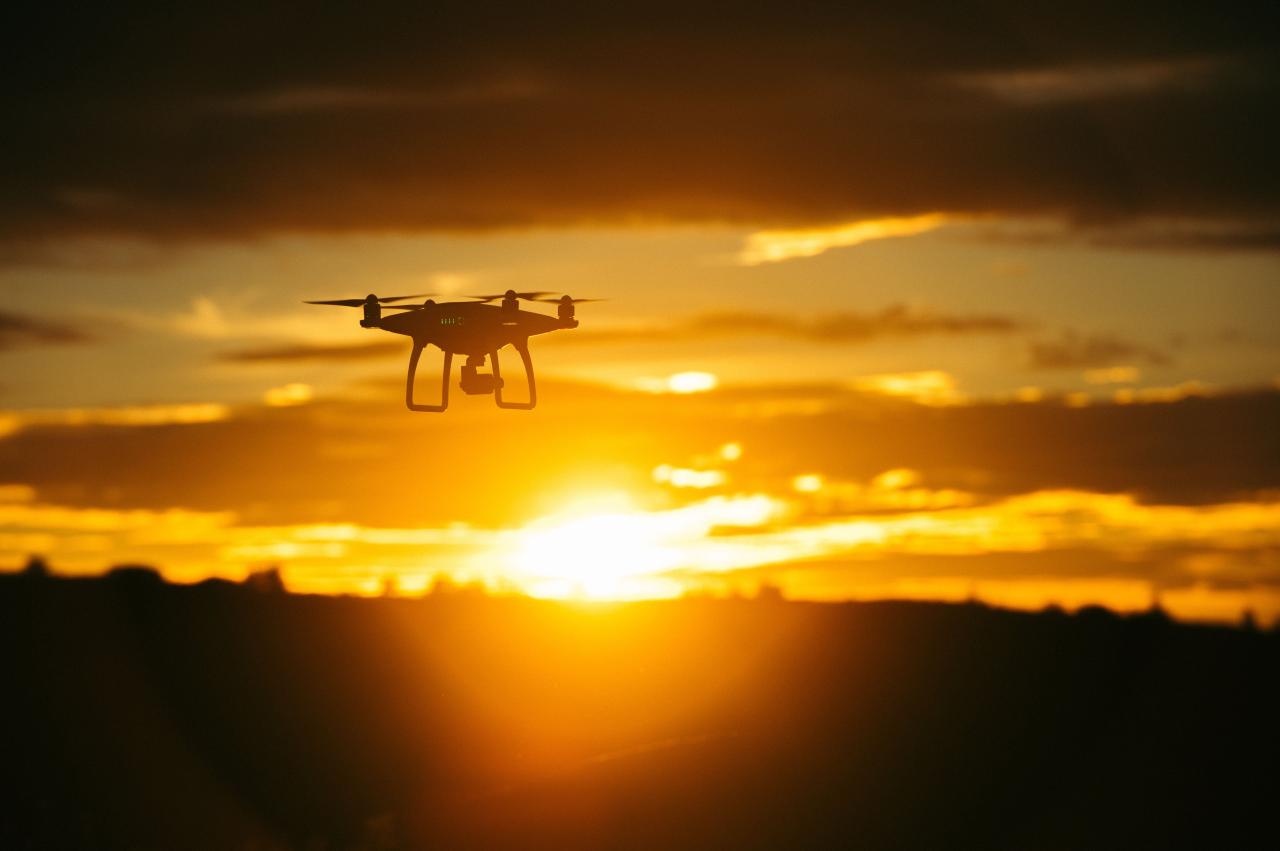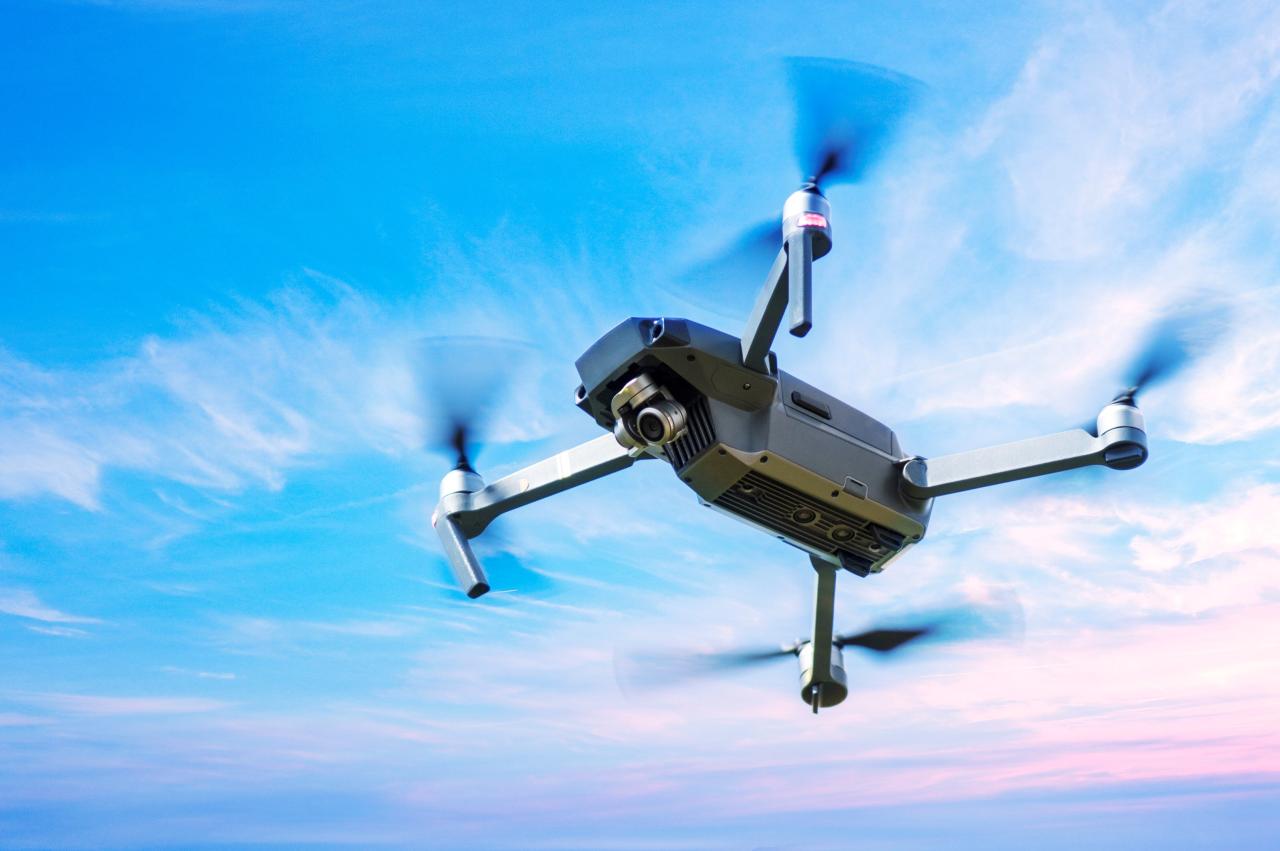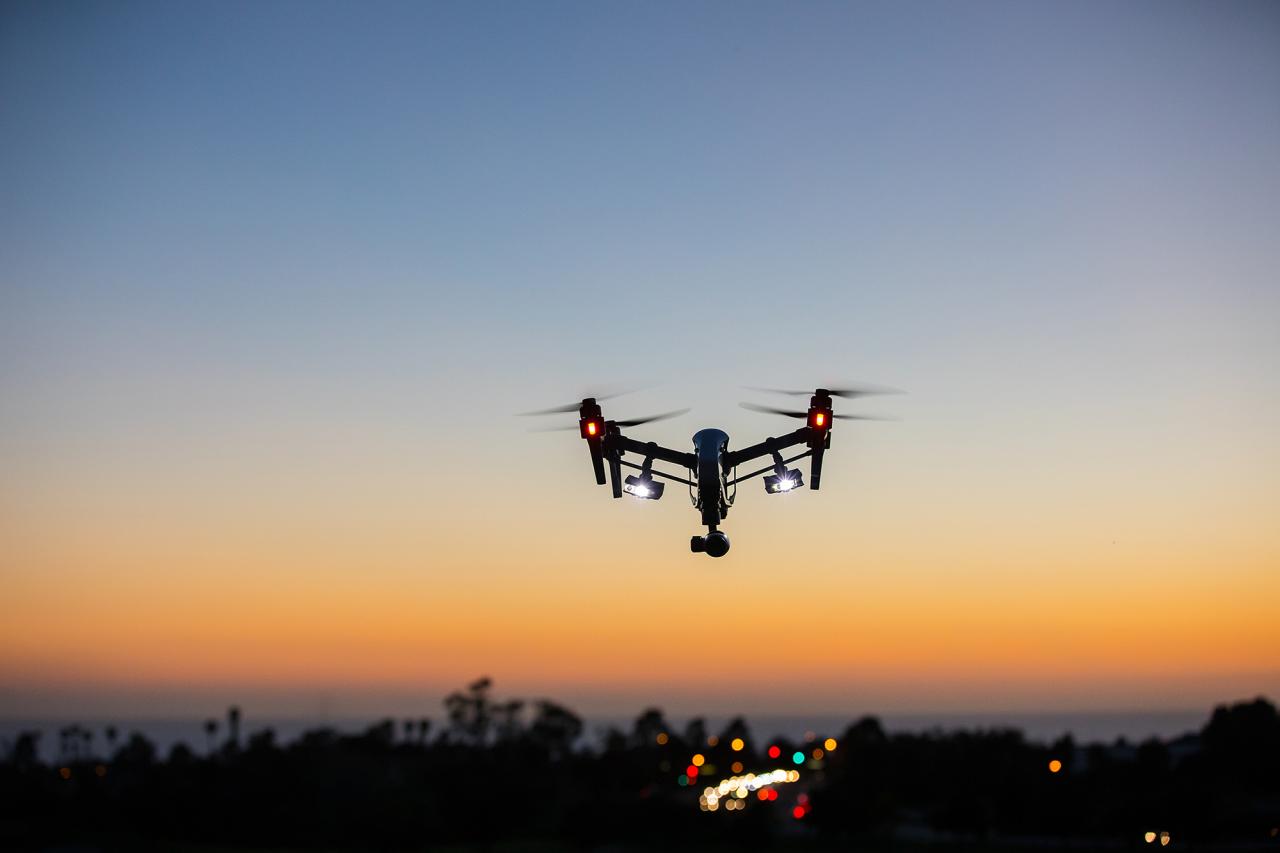Sky elements drones are revolutionizing atmospheric research, offering unprecedented capabilities for data collection and analysis. These unmanned aerial vehicles (UAVs), equipped with an array of sophisticated sensors, are transforming our understanding of weather patterns, air quality, and climate change. From measuring temperature and humidity profiles to capturing high-resolution images of cloud formations, drones provide valuable data previously inaccessible or difficult to obtain using traditional methods.
This exploration delves into the diverse applications of drones in atmospheric science, encompassing data acquisition, analysis techniques, safety regulations, and the future potential of this rapidly evolving technology.
This detailed examination covers the various types of drones employed, the specific sensors used to measure atmospheric elements, and the advantages and disadvantages compared to conventional methods. We will explore image processing workflows for creating atmospheric maps and visualizations, discuss air quality monitoring applications, and address the critical safety and regulatory aspects of drone operation in the airspace. Finally, we will showcase data analysis and visualization techniques for interpreting the wealth of information gathered by these innovative tools.
Drone Technology in Atmospheric Research: Sky Elements Drones
Drones are revolutionizing atmospheric research, offering unprecedented access to atmospheric data collection at various altitudes and locations. Their maneuverability and cost-effectiveness provide significant advantages over traditional methods.
Types of Drones Used for Atmospheric Data Collection
A variety of drones are employed, each suited to specific atmospheric research needs. Fixed-wing drones provide longer flight times and greater range, ideal for large-scale surveys. Multirotor drones, with their vertical takeoff and landing capabilities, are better suited for precise, localized measurements in challenging terrains. Hybrid designs combine the strengths of both types. Tethered drones offer continuous data acquisition without the limitations of battery life.
Drone-Based Sensors and Sky Element Measurement
Drones carry a suite of sensors to measure various atmospheric parameters. Temperature is measured using thermistors or infrared sensors. Pressure sensors, often barometric, provide altitude and pressure data. Humidity is measured using capacitive sensors. Wind speed is determined through anemometers or by analyzing the drone’s own movement against wind.
Advantages and Disadvantages of Drone-Based Atmospheric Research
Compared to traditional methods like weather balloons or ground-based stations, drones offer several advantages. They are highly maneuverable, allowing for targeted data collection at specific locations and altitudes. They are relatively inexpensive to operate, particularly for smaller-scale studies. Real-time data transmission is also a key advantage. However, limitations include shorter flight times compared to weather balloons, susceptibility to weather conditions (strong winds, precipitation), and regulatory restrictions on airspace.
Comparison of Drone-Based Atmospheric Sensors
The following table compares the capabilities and limitations of different drone-based atmospheric sensors:
| Sensor Type | Measured Parameter | Accuracy | Limitations |
|---|---|---|---|
| Thermistor | Temperature | ±0.5°C | Sensitive to solar radiation |
| Barometric Pressure Sensor | Pressure, Altitude | ±1 hPa | Affected by weather changes |
| Capacitive Humidity Sensor | Humidity | ±2% RH | Susceptible to condensation |
| Anemometer | Wind Speed | ±0.5 m/s | Can be affected by drone movement |
Sky Element Imaging and Mapping with Drones
Drones equipped with high-resolution cameras and specialized sensors enable detailed imaging and mapping of various sky elements. This technology provides valuable insights into weather patterns and atmospheric processes.
Techniques for Capturing High-Resolution Sky Imagery

High-resolution images and videos of clouds, weather phenomena, and atmospheric conditions are captured using drones equipped with cameras featuring high megapixel counts and advanced image stabilization systems. Multispectral and hyperspectral cameras provide additional information on atmospheric composition. The use of gimbal systems ensures stable image acquisition even in turbulent conditions.
Drone Imagery and Improved Weather Forecasting
Drone imagery contributes to more accurate weather forecasting by providing high-resolution data on cloud formation, precipitation patterns, and other atmospheric phenomena. This data supplements information from traditional weather stations and satellites, leading to improved model predictions and more timely warnings.
The increasing sophistication of sky elements drones, particularly in their navigation and payload capabilities, is reshaping modern warfare. Recent events, such as the ukraine drone attack on russia , highlight the growing impact of these unmanned aerial vehicles. This underscores the need for continued research and development in both drone technology and counter-drone measures for safer skies.
Challenges of Drone Imaging in Various Weather Conditions, Sky elements drones
Operating drones in challenging weather conditions presents significant difficulties. Strong winds can affect drone stability and image quality, while precipitation can reduce visibility and damage equipment. Low light conditions can also impact image clarity. Appropriate safety protocols and equipment are crucial.
Workflow for Processing and Analyzing Drone Imagery
Processing and analyzing drone-captured sky element imagery involves several steps: 1) Image pre-processing (geo-referencing, atmospheric correction). 2) Feature extraction (cloud identification, boundary detection). 3) Data analysis (statistical analysis, pattern recognition). 4) Visualization (creation of maps and 3D models).
Drone Applications in Air Quality Monitoring

Drones are increasingly used for air quality monitoring, offering a cost-effective and efficient way to measure pollutants at various altitudes and locations. This provides a more comprehensive understanding of air pollution patterns than ground-based methods alone.
Measuring Air Pollutants at Different Altitudes
Drones equipped with various sensors can measure air pollutants at different altitudes, providing valuable data on the vertical distribution of pollutants. This is particularly useful for understanding the dispersion of pollutants from industrial sources or traffic.
Sky Elements Drones specializes in crafting breathtaking aerial displays. However, the inherent risks in such performances are highlighted by incidents like the one detailed in this report on a drone show accident , underscoring the importance of rigorous safety protocols. Sky Elements prioritizes safety and invests heavily in redundancy systems to prevent such occurrences and ensure the continued success of their stunning drone shows.
Types of Sensors for Detecting Air Pollutants
A range of sensors are used to detect different pollutants. Particulate matter (PM2.5 and PM10) is measured using optical particle counters. Ozone (O3) and nitrogen oxides (NOx) are measured using electrochemical sensors. Gas chromatography-mass spectrometry (GC-MS) provides highly accurate measurements of a wider range of pollutants, although it is typically less suitable for drone applications due to its size and weight.
Comparison of Drone-Based and Ground-Based Air Quality Monitoring
Drone-based air quality monitoring offers several advantages over ground-based methods. Drones can access a wider range of altitudes and locations, providing a more comprehensive picture of pollution patterns. They are also more mobile and can be deployed rapidly to respond to pollution events. However, ground-based stations provide continuous, long-term data, which is crucial for understanding long-term trends.
Steps Involved in Deploying a Drone-Based Air Quality Monitoring System
Deploying a drone-based air quality monitoring system involves several key steps: 1) Sensor selection and calibration. 2) Flight planning and execution. 3) Data acquisition and validation. 4) Data analysis and reporting. Proper sensor calibration is crucial for ensuring accurate measurements.
Sky elements drones, known for their innovative designs and reliable performance, often grace large-scale events. However, even the most advanced technology can experience unforeseen issues, as highlighted by the recent orlando drone show malfunction , reminding us of the complexities involved in coordinating numerous aerial vehicles. This incident underscores the ongoing need for robust safety protocols within the sky elements drone industry.
Safety and Regulatory Aspects of Drone Operations in the Sky
Safe and responsible drone operation is paramount. Strict adherence to safety guidelines and regulations is essential to prevent accidents and ensure the integrity of research data.
Key Safety Considerations for Drone Operations
Several key safety considerations must be addressed when operating drones in various atmospheric conditions. These include: wind speed and direction, visibility, proximity to obstacles, and potential for interference with other aircraft. Appropriate training and certification of operators are also crucial.
Best Practices for Safe and Responsible Drone Operation
Best practices include pre-flight checks, maintaining visual line of sight, adhering to airspace regulations, and having contingency plans for unexpected events. Regular maintenance of drones and sensors is essential for reliable operation.
Regulations and Guidelines Governing Drone Use
Numerous regulations and guidelines govern the use of drones for atmospheric research and monitoring. These vary by country and region and often involve obtaining permits and adhering to specific operating procedures. Staying informed about these regulations is essential.
Pre-Flight Drone Inspection and Safety Checklist
- Inspect drone for any physical damage.
- Check battery levels and charging status.
- Verify sensor functionality and calibration.
- Review flight plan and ensure compliance with regulations.
- Assess weather conditions and adjust flight plan accordingly.
- Confirm communication link with ground station.
- Check emergency procedures and communication channels.
Data Analysis and Visualization of Drone-Collected Sky Data

Analyzing and visualizing large datasets collected by drones is crucial for extracting meaningful insights from atmospheric studies. Effective visualization techniques enhance the understanding of complex atmospheric phenomena.
Methods for Analyzing Large Drone Datasets
Large drone datasets require specialized analysis techniques. These include statistical methods (e.g., regression analysis, time series analysis) and machine learning algorithms (e.g., clustering, classification) to identify patterns and trends in the data. Data cleaning and pre-processing steps are also crucial.
Data Visualization Techniques for Atmospheric Phenomena

Effective data visualization techniques include maps, graphs, and 3D models. These visualizations can show the spatial and temporal distribution of atmospheric parameters, highlighting areas of interest or anomalies. Interactive visualizations allow for exploration of the data and identification of patterns.
Using Statistical Methods to Interpret Drone Data
Statistical methods are used to quantify uncertainties, identify correlations between variables, and test hypotheses about atmospheric processes. These methods provide a rigorous framework for interpreting drone-collected data and drawing meaningful conclusions.
Visualization of Spatial and Temporal Distribution of Temperature
An effective visualization for communicating the spatial and temporal distribution of temperature measured by drones could be an interactive 3D map. This map would display temperature data as a color-coded surface, with the color intensity representing temperature values. A time slider would allow users to view temperature changes over time, while zooming capabilities would permit detailed examination of specific areas.
The integration of drones into atmospheric research represents a significant advancement, offering a more efficient, cost-effective, and detailed approach to understanding our atmosphere. From improving weather forecasting accuracy to enhancing air quality monitoring and advancing climate change research, the applications are vast and far-reaching. While challenges remain, particularly regarding regulations and safety protocols, the continuous development of drone technology and its sophisticated sensor capabilities promise even more groundbreaking discoveries in the years to come.
The potential for further innovation in this field is immense, paving the way for a deeper and more comprehensive understanding of our planet’s atmospheric systems.
FAQ Guide
What is the flight time of a typical atmospheric research drone?
Flight time varies significantly depending on the drone model, payload, and weather conditions. It can range from 30 minutes to several hours.
How accurate are drone-based atmospheric measurements?
Accuracy depends on the sensor type and calibration. While generally high, precision can be affected by environmental factors and sensor limitations. Data validation and comparison with ground-based measurements are crucial.
What are the costs associated with drone-based atmospheric research?
Costs vary greatly based on the drone system, sensors, software, and personnel required. Initial investment can be substantial, but operational costs may be lower than traditional methods for certain applications.
What are the environmental impacts of using drones for atmospheric research?
Environmental impact is generally low compared to traditional methods, but factors like battery disposal and potential noise pollution should be considered and mitigated.
